The ornate proscenium arch of a grand theatre frames the stage. Velvet curtains part with a gentle rustle, revealing an elegant tableau vivant—ballet dancers poised in impeccable harmony, their movements a blend of strength and grace. As the audience, clad in their finest attire, holds its collective breath, it’s easy to forget that this dazzling spectacle was not always the luxury it is today. Ballet, a timeless art form, has transformed dramatically over centuries, evolving from its roots in middle-class entertainment to an emblem of sophistication and exclusivity.
In an exclusive feature, Glam/Amour delves into the captivating journey of ballet, exploring its evolution from a middle-class pastime to a luxurious indulgence, highlighting the art form’s timeless allure and modern-day sophistication.

A Noble Beginning
The story of ballet begins in the courts of the Italian Renaissance. During the late 15th and early 16th centuries, elaborate dance spectacles were a favorite pastime of the nobility. Catherine de’ Medici, an Italian noblewoman who became the Queen of France, is often credited with introducing ballet to the French court. These performances were a blend of dance, music, and poetry, primarily enjoyed by the aristocracy. As they gained popularity, they became more structured and began to develop the distinct characteristics we associate with ballet today.
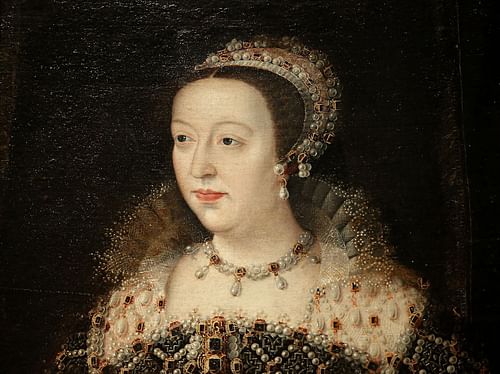
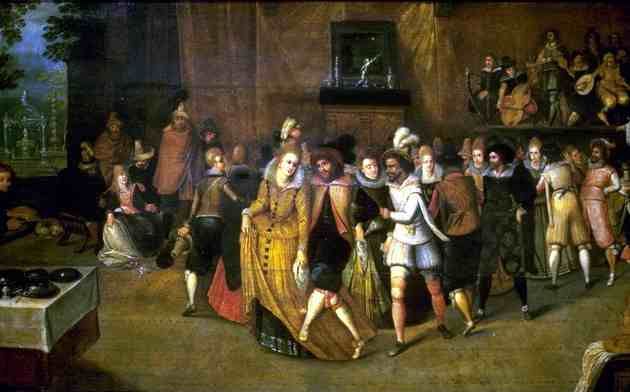
The Birth of Ballet as an Art Form
The formalization of ballet as a distinct art form occurred under the reign of Louis XIV of France. Known as the Sun King, Louis XIV was a passionate patron of the arts and a dancer himself. In 1661, he established the Académie Royale de Danse, the first institution dedicated to the professional training of ballet dancers. This academy laid the groundwork for the codified techniques and positions that are now fundamental to ballet.
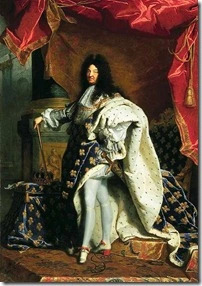
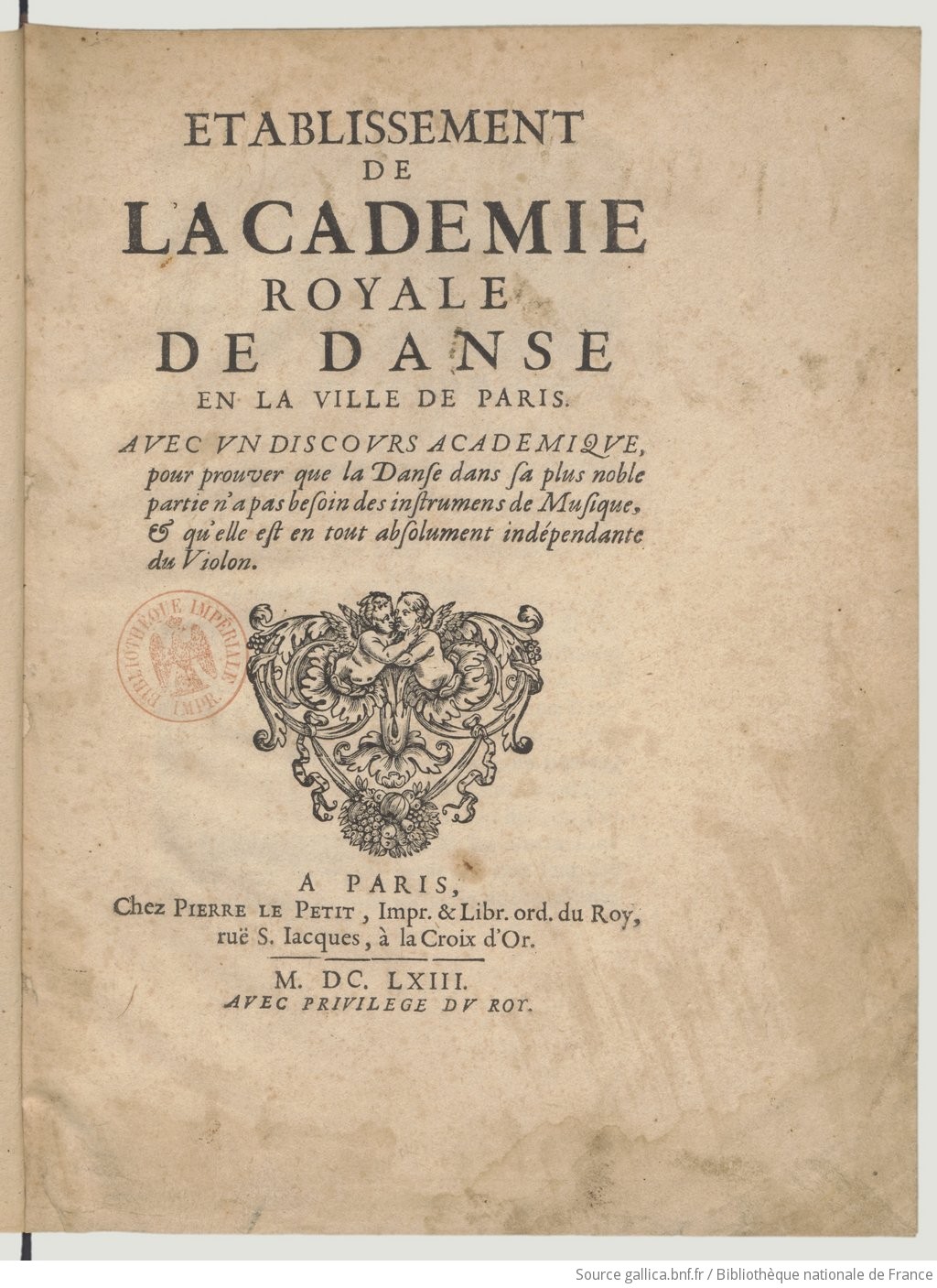

Ballet’s Russian Renaissance
Although ballet’s origins are deeply rooted in Italian and French culture, it was the Russian influence that propelled it to unprecedented heights. The late 19th and early 20th centuries marked a golden age for Russian ballet, characterized by the works of legendary choreographers such as Marius Petipa and composers like Pyotr Ilyich Tchaikovsky. Iconic productions such as Swan Lake, The Nutcracker, and Sleeping Beauty emerged during this era, cementing ballet’s status as a premier art form.


The Russian Imperial Ballet, particularly under the patronage of the tsars, elevated ballet to new levels of technical precision and artistic expression. The Bolshoi Ballet and the Mariinsky Ballet (formerly the Kirov Ballet) became renowned for their rigorous training and spectacular performances. Ballet dancers were revered in Russian society, enjoying a level of fame and adulation akin to modern-day celebrities.


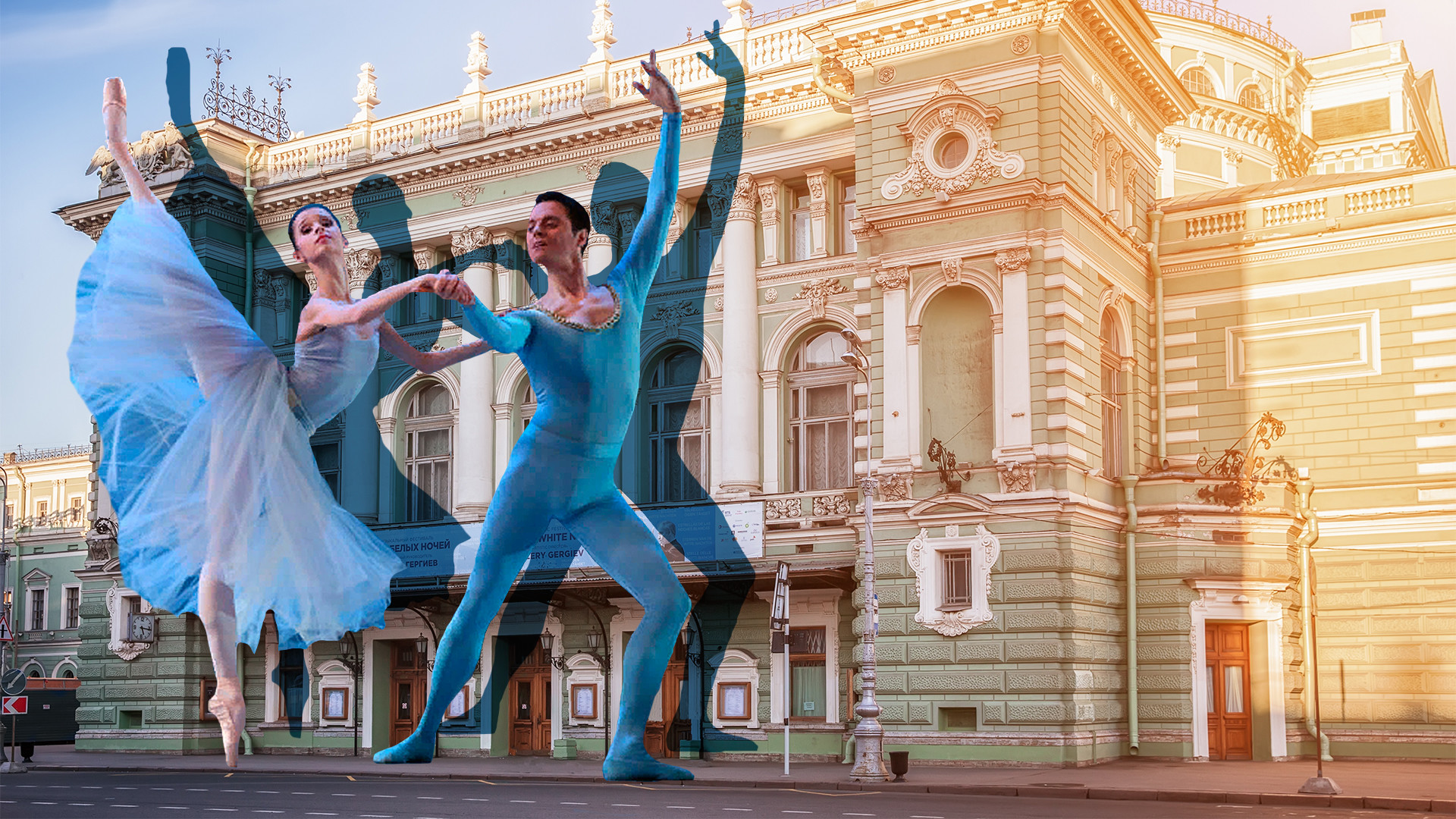

Democratization and Accessibility
Despite its aristocratic origins, ballet began to spread beyond the confines of royal courts and elite circles. By the 20th century, it had become more accessible to the middle class, thanks in part to the efforts of visionary artists like Sergei Diaghilev and his Ballets Russes. Diaghilev’s troupe toured extensively, introducing ballet to new audiences across Europe and North America. His innovative productions, which often featured collaborations with contemporary artists such as Pablo Picasso and Igor Stravinsky, helped to popularize ballet and break down some of its elitist barriers.
In the United States, ballet gained significant traction during the mid-20th century. Companies such as the New York City Ballet and the American Ballet Theatre played pivotal roles in cultivating a broader appreciation for ballet. Performances were no longer limited to grand opera houses; they took place in more accessible venues, and ticket prices were kept within reach of the middle class. Ballet had become a beloved cultural institution, accessible to a wider audience than ever before.
Luxury Reimagined
In recent decades, however, Ballet has undergone another transformation. As cultural tastes have shifted and new forms of entertainment have emerged, ballet has sought to reinvent itself, returning in some ways to its luxurious roots. High-profile collaborations with luxury brands, opulent productions, and exclusive performances have re-established Ballet as a symbol of sophistication and exclusivity.
One notable example of this trend is the Paris Opera Ballet, one of the world’s oldest and most prestigious ballet companies. The Paris Opera Ballet’s association with high fashion is well-documented, with designers such as Christian Lacroix, Karl Lagerfeld, and Valentino Garavani creating costumes for its productions. These collaborations have brought a new level of glamour to the ballet, attracting audiences who might otherwise be drawn to fashion shows or luxury events.
Moreover, the rise of Luxury Tourism has contributed to ballet’s resurgence as a luxury experience. Attending a ballet performance at a historic venue such as the Bolshoi Theatre in Moscow or the Palais Garnier in Paris has become a must-do activity for affluent travelers. These iconic venues, with their rich histories and stunning architecture, add an extra layer of allure to the ballet experience.
The Ballet Experience: A Symphony of Senses
Modern ballet performances are often multi-sensory experiences designed to captivate and delight discerning audiences. From the moment patrons step into the theatre, they are enveloped in an atmosphere of elegance and anticipation. The architecture of these grand venues, with their gilded interiors and plush seating, sets the stage for an evening of indulgence.
Pre-performance receptions and intermission gatherings offer opportunities for socializing and networking among the elite. Champagne flows freely, and gourmet hors d’oeuvres are served on silver platters. It’s not uncommon to spot celebrities, fashion icons, and business magnates mingling in the crowd, all drawn by the allure of the ballet.
The performances themselves are a testament to the meticulous craftsmanship and dedication of the dancers and choreographers. Every movement is executed with precision, every gesture infused with emotion. The synergy between the dancers and the orchestra creates a mesmerizing spectacle that transports audiences to another world. Costumes and sets, often designed by top fashion houses, add an extra layer of visual splendor to the performance.
To illustrate the pinnacle of ballet’s artistic excellence, Glam/Amour highlights five of the most iconic performances, each a testament to the enduring legacy and captivating beauty of this timeless art form.
5th – La Bayadère (The Temple Dancer)
La Bayadère is a classical ballet that was first performed on February 4, 1877 by the MarMariinsky Ballet in the Bolshoi Theater in St. Petersburg.
CLICK HERE – LA BAYADÈRE – Dance – Act 1 (Opera de Paris)
4th – Giselle
Giselle is a ballet from the Romantic period, composed by Adolphe Adam. Giselle was originally choreographed by Jean Coralli and Jules Perrot. The libretto was written by Theophile Gautier and Jules-Henri Vernoy de Saint-Georges.
CLICK HERE – Giselle – Dance of the Willis (The Royal Ballet)
3rd – The Nutcracker
The Nutcracker is a ballet from 1892 to music by Pyotr Ilyich Tchaikovsky. The original choreography, based on a fairy tale by the German writer E.T.A. Hoffmann, was from Marius Petipa and Lev Ivanov. The piece, which is also suitable for children, is set around a Christmas tree.
CLICK HERE – The Nutcracker – Dance of the Mirlitons (Francesca Hayward, The Royal Ballet)
2nd – Romeo and Juliet
Romeo and Juliet is a ballet by Sergei Prokofiev. It is of course based on the famous play by William Shakespeare. Romeo and Juliet was first performed in Brno in then Czechoslovakia in 1938.
CLICK HERE – Romeo and Juliet – Dance of the Knights (The Royal Ballet)
1st – Swan Lake
Swan Lake is a ballet by the choreographers Marius Petipa and Lev Ivanov to the music of Pyotr Ilyich Tchaikovsky. The Swan Lake was first performed in the Bolshoi Theater in Moscow on March 4, 1877. This was a shortened version of the complete work.
The Swan Lake was initially not a great success, the audience had to get used to the music, which played a dominant role. The choreography only served as a secondary depiction of the storyline that was mainly told by the music. On February 17, 1895, the Swan Lake was first performed in its full length in St Petersburg. Today, Swan Lake is the most performed ballet piece in the world, and at least everyone has heard of it.
Towards a More Inclusive Future
Despite its luxurious associations, ballet is also making strides towards greater inclusivity and diversity. Ballet companies around the world are actively working to break down the barriers that have historically limited participation in this art form. Initiatives aimed at increasing representation of dancers from diverse backgrounds, as well as outreach programs designed to make ballet more accessible to underserved communities, are helping to democratize ballet once again.
The Royal Ballet, for example, has launched several initiatives to promote diversity and inclusion. These efforts include scholarships for dancers from underrepresented backgrounds and collaborations with community organizations to provide ballet training and education to young people who might not otherwise have the opportunity.
Similarly, the Dance Theatre of Harlem, founded by Arthur Mitchell and Karel Shook in 1969, has been at the forefront of promoting diversity in ballet. The company’s mission to provide opportunities for dancers of all races has helped to challenge and change perceptions of who can succeed in the world of ballet.
The Timeless Allure of Ballet
As ballet continues to evolve, its transformation from a middle-class pastime to a luxury indulgence reflects broader trends in society and culture. What remains unchanged, however, is the timeless allure of this art form. Ballet’s ability to captivate audiences with its beauty, precision, and emotional depth ensures its enduring popularity.

For those who appreciate the finer things in life, ballet offers an experience like no other. It’s a celebration of artistry and elegance, a testament to the heights of human creativity and dedication.
Whether experienced in a historic theatre or through the lens of a high-definition broadcast, ballet continues to enchant and inspire, promising a future where its beauty can be enjoyed by all, while still maintaining its status as a Pinnacle of Luxury.

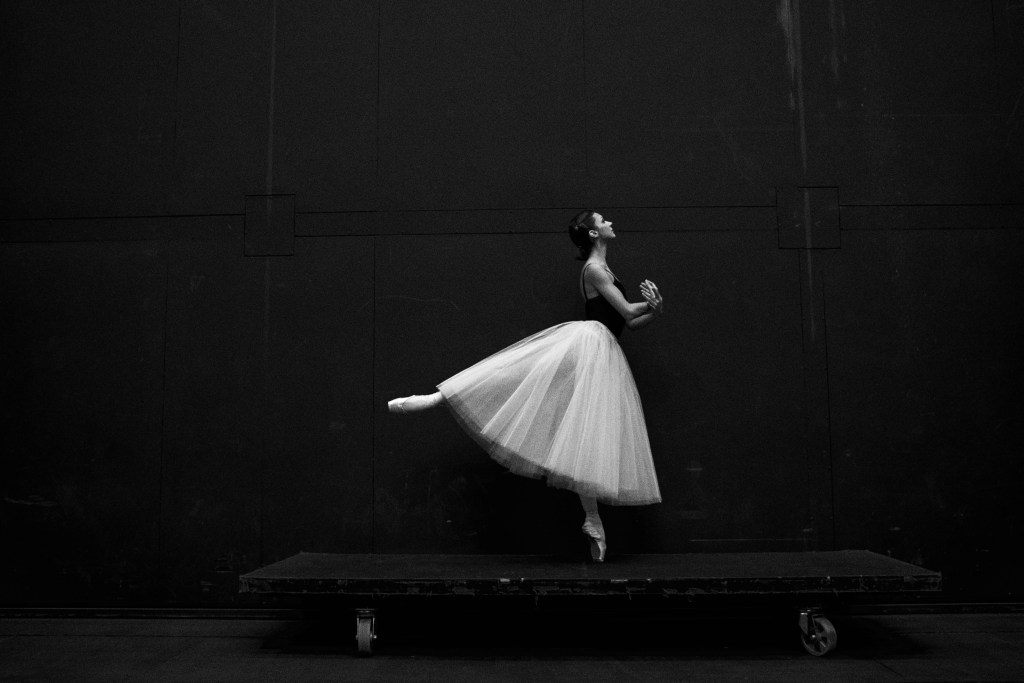


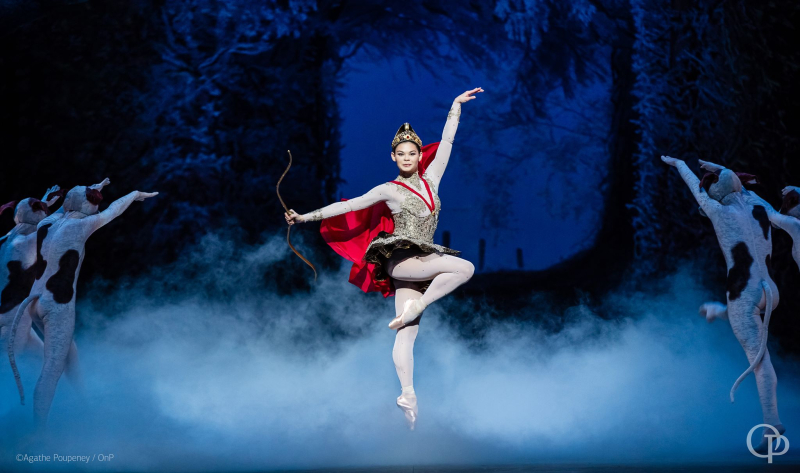



Hope you liked the article! Let us know what you think!